IndiaWilds Newsletter Vol. 4 Issue VII
This issue of IndiaWilds Newsletter Vol. 4 Issue VII carries articles on impact of fishing on crocodiles in riverine ecosystem, Impact of drought, Distribution of Albino Green Keelback snake, Spittlebugs, Tourism ban in core areas of tiger reserves and many other issues..
Entangled: Illegal Fishing in rivers
In the june issue of IndiaWilds Newsletter Vol. 4 Issue VI I had talked about livelihood options impacting our environment with a focus on marine fishing to bring the perilious state of affairs of our marine ecosystem infront of people. Little did I realize that I will find a heartbreaking example of the impact of fishing on our inland waters.
In the IndiaWilds meet in Ranganathittu, came across a marsh crocodile (Crocodylus palustris). From a distance it seemed to be basking on a rock, but closer focus revealed it to be entangled in a fishing net. The fishing net has wound tightly around its snout along with a twig firmly held within its jaws.
Ranganathittu is situated on the river Cauveri. Half a century back, this river had plenty of crocodiles. Today these marsh crocodiles are classified as Threatened in the IUCN Redlist and they have become extinct from Bangladesh.
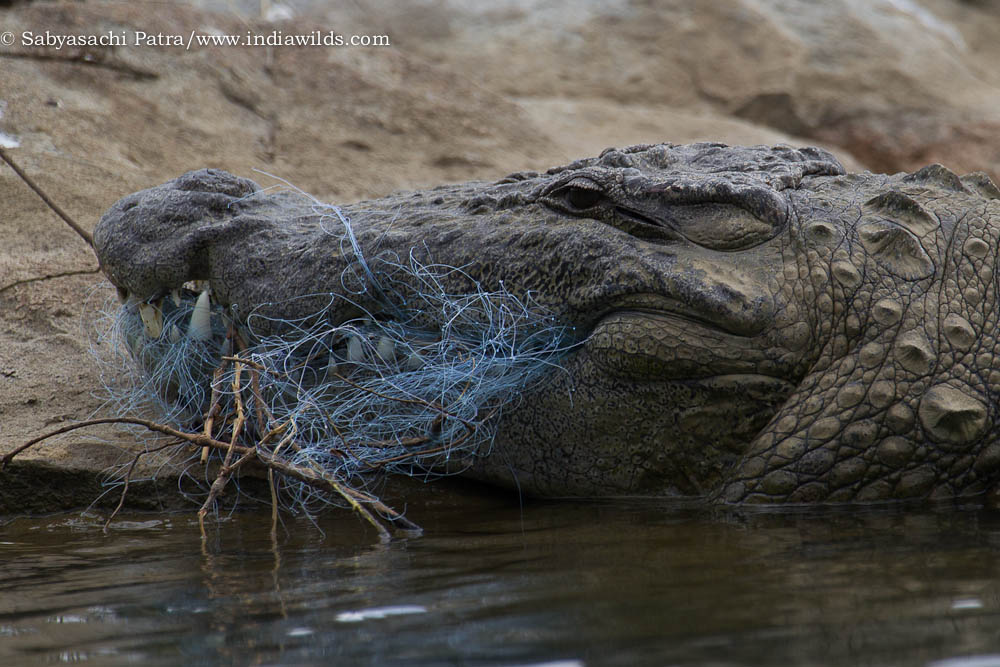
Marsh crocodile entangled in fishing net in Ranganathittu Bird Sanctuary
In those days hunters used to employ many techniques to kill these�crocodiles starting from shooting them to employing bait (chicken or beef portion) tied to a hook with a heavy log tied to it. The crocodile after swallowing the bait drags the hook down the river but the log forces it to come up to the surface and get killed by the poachers.
Whereas, killing of crocodiles by such methods is not heard these days, crocodiles do get killed by other methods during dynamite fishing or find a painful death if it cannot shake off the net. as in shown in the photograph and the short film Entangled.
Blasting dynamite suddenly reduces the oxygen content in the water. This leads to thousands of small fishes dying and the larger ones gasping for breath on the surface. With its prey base vanishing at such rate, is the apex predator of our rivers safe?
With the amount of stone quarrying going on it is easy to have access to dynamite and gelatin sticks. In India the explosive act is pretty strong, however like any laws, the problem is in the implementation. Apart from the dynamites and gelatin sticks finding way into the hands of terrorists, the kind of eco-terrorism unleashed by dynamite fishing is also a reason for concern and needs to be controlled with an iron hand.
One can easily imagine the impact of dynamites, however, it is an eye opener that the apex predator of our river waters is also impacted by fishing. Whereas, overfishing throughout the year reduces the overall number of fish and has pushed a few species of fish on the verge of extinction, it has reduced the food supply to crocodiles. With the amount of fish limited, the fishermen try venturing into newer areas and the crocodiles too move upstream and downstream in search of fish resulting in contact. A few years back a few people were captured with fish in Cauvery wildlife sanctuary, but they had gotten away as they were not carrying dynamite at that point of time.
When the net gets stuck or is torn fishermen are known to discard their nets in the water without realising the consequences. One may not realize that the snout of an adult marsh crocodile can be sealed by the net, resulting in a painful struggle by the crocodile. If it can free itself, then most often their jaws get damaged.
Crocodiles evoke fear in man. However, I have always seen the marsh crocodiles rush away at the slightest sign of movement in undisturbed forests. In places like Ranganathittu where tourism is an occupational hazard for the crocodiles, they allow a bit more closer approach than in other wilderness areas. In places like Satyamangalam, there has been no case of attack on domestic cattle or people by large muggers (Crocodylus palustris) even though they share the same space.
Apart from sympathising with the crocodile that had got entangled by the fishing net, it would be worthwhile if we can ensure that no illegal fishing is done anywhere and raise awareness among the fishermen not to discard their nets in the rivers.
The sight of such large predators caught in net tells us that no organism on earth is immune to the acts of vandalism by humans. As Jane Goodall had so rightly said, “if there is a single species that can be removed to restore the balance of nature, then that is the homo sapiens.” We still have time to reverse some of the damages done by us.
As concerned citizens, you may like to raise your voice to stop this. To protect the 320kms of river cauvery flowing through Karnataka, you can write to the Hon’ble Chief Minister of Karnataka Shri Jagdish Shettar.
Phone +91-080-22253414,22253424 Fax +91-080-22253115, email:�chiefminister@karnataka.gov.in
Principal Secretary to the CM:
Mr.Pradip Singh Kharaula / pscm.kar@nic.in
Drought:
Divine intervention sought to appease Rain Gods:
The spectre of climate change is now haunting us. The monsoon this year being weak, parts of India is facing drought. Infact, only one third of the country has got normal rainfall (Economic Times, 23rd July). Karnataka State Endowment minister Shri KS Poojari has now asked all the religious institutions in Karnataka to pray for rain. 34,000 (Thirty four thousand) temples have been asked to perform special pooja and that is going to cost a total of 17 crores. Prayers are also to be done in Church and Masjids. The amount of funds to be spent is not known. The pooja is expected to be done on July 27th and August 7th.
India is not the only country to face this situation. The US Department of Agriculture has declared disaster in 1000 counties in 26 states. The extent of drought this year rivals the droughts in USA in 1930 and in 1950.
Impact of Drought on birds:
A report from USA says that the drought has impacted birds. Whooping cranes, which are classified as endangered, flew about 2,500 miles to Texas from Canada and instead of staying the entire winter season, they quickly undertook the journey back. Some other cranes never migrated. A few desperate flocks can be seen moving from place to place. Unfortunately, we don�t have any studies on the impact of drought on migrating species.
Impact of Drought on Wetlands:
The less than average rainfall during drought, immediately impacts the wetlands. Consequently, the wetlands dry up and the size shrinks. When the wetland remains shrunk for a few months, the general tendency of the people is to dump garbage, construction material etc. Unfortunately, due to want of legislation and enforcement, people commit this crime with impunity. Apart from increasing the toxicity, dumping of garbage often leads to closure of the channels that feed the wetland during rains. This permanently damages the wetlands.
The change in pH and toxicity of the existing water immediately impacts the species that have been tenuously surviving on the shrunk wetland. Unfortunately, since there is no systematic studies done to map all the wetlands and the wetlands regulation nowhere in sight, conservationists need to undertake surveys in their localities and be careful about any illegal activities that may permanently damage the wetlands.
Climate Change and Drought:
Celebrated David Attenborough has attributed the drought this year in UK to climate change. He says �There is no question that climate change is happening; the only arguable point is, what part humans are playing in it. I would be absolutely astounded if population growth and industrialization and all the stuff we are pumping into the atmosphere hadn�t changed the climatic balance.� For further details:
http://www.indiawilds.com/forums/showthread.php?t=10294
Unfortunately, India as a country which is going to bear more impact of climate change than other countries, at least by the sheer size of the population and population density in each region, is yet to take concrete steps to mitigate climate change.
To start with the Government should atleast take action in reducing the amount of water wasted in the cities. One of the reasons for people not caring about the saving water is because in a some of the southern states, which are party to inter-state water wars, the water tariffs have not been raised due to populist considerations. I was told that a well meaning deputy chief minister wanted to raise the tariff but was dissuaded from doing it.
Actions to save water:
RC Jha, Chairman of Central Water commission has said that �Scarcity of drinking water may arise by February-March next year if rains remain erratic.� (Economic Times 23, July). In view of this situation, large resident welfare associations in all the cities should be asked to adopt rainwater harvesting. Households need to be educated to save water. Most importantly, all water pipelines need to be checked and repaired on a war footing by the local corporations and other concerned departments. In case of laxity, strict actions should be taken.
An example of water use restrictions taken by the City of Odessa can be found here: http://www.indiawilds.com/forums/showthread.php?t=10307
Distribution of Albino Green Keelback
(Macropisthodon plumbicolor):
By Dr. Amit Sayyed
Albinos lack pigmentation in the body and eyes. There is no record of albinism in captive Green Keelback (Macropisthodon plumbicolor). A study of Albino Green Keelback snake (Macropisthodon plumbicolor) based on wild specimens in Satara. To read more please click on this link:
http://www.indiawilds.com/diary/the-distribution-of-albino-green-keelback/
Natural History: Spittlebugs
By Abhishek Jamalabad
During the monsoons, one often finds a frothy white substance on plants, commonly called “cuckoo spit”, “frog spit”, “snake spit” etc. owing to its appearance. These “houses” made by the nymph (juvenile) of the Froghopper, a type of bug (family Cercopidae).
The nymph, commonly called a “spittlebug” is rarely seen outside its house (unless of course the froth is separated). After hatching, it finds a suitable part of the plant, and starts building the house using an interesting method. Plant sap is sucked in and rapidly expelled through the anus, and simultaneously air is forced into the sap through the spiracles (breathing pores on the insect’s body). This forms a dense frothy mass, called the spittle. The nymph stays inside the spittle house, feeding on plant sap using its piercing-and-sucking mouth parts.
The spittle house has three major functions-
� It hides the nymph from sight
� It protects the nymph from attacking predators, as the froth is said to have an acrid taste
� It maintains optimum temperature and moisture conditions for the nymph’s growth
Read more by clicking here:
http://www.indiawilds.com/forums/showthread.php?t=10268
Supreme Court bans tourism in Core areas:
The Hon�ble Supreme Court has banned tourism activities in Core areas of tiger reserves till it passes final orders. Tour operators, as is expected, have been vehemently opposing the ban on tourism. Now the question is if Supreme Court ban on tourism in core areas of tiger reserves be permanent.
Unfortunately, we haven�t been able to create a worthy ecotourism policy. In April, 2010 Issue �http://www.indiawilds.com/diary/indiawilds-newsletter-vol-2-issue-iv/ I had analysed the ecotourism practices in Botswana. Later we have repeatedly raised this issue (http://www.indiawilds.com/diary/indiawilds-newsletter-vol-3-issue-xi/ ) however, our tourism practices in a majority of cases is more of a lip service. Perhaps, eco-terrorism would be an apt word the way our tourism industry is run.
I would like to remind you the late Kailash Sankhala�s words who was the founder of Project Tiger: Quoting Shri Kailash Sankhala from his book Tiger! The story of the Indian Tiger �I would suggest we concentrate on creating reserves where man�s interference � or what he arrogantly calls �scientific management� � is minimal�. The pleasure of a visit to a natural area has been destroyed by the influx of tourists with their transistors and trailers. I would condemn even the camera, except in case of professionals who employ their skill to interpret nature for the benefit of those millions who never get the chance to visit these gardens of Eden. The casual visitor is always in a hurry, and if he takes pictures he fails to see anything around him; his mind is preoccupied with shutter speeds, lens openings and focusing. The uncertainty of the results haunt him for hours after and instead of enjoying a relaxed holiday he is tensed. Many a wildlife photographer does not hesitate to disturb, sometimes even kill an animal, pluck a flower or destroy a tree to suit his picture. The visitor to a reserve should bring with him nothing but a receptive mind, and take away nothing but the understanding that he is only a small part of the whole complex pattern of nature�s ecology.�
The existing tourism infrastructure is destroying the once pristine forests. In the earlier days Dhikala rest house in Corbett used to be much small and had given some very nice moments. Today it is like a mini village with many rooms and tourists creating a din. I had experience of tigers stalking in front of me in the night infront of the forest rest house in the bijrani zone in Corbett. An unforgettable experience. Today due to tourist pressure, they have fenced the rest house by electric fencing, killing anyone having such an etheral experience as novice tourists without any knowledge of wildlife may have a shock of their life. For details of that experience you can check here. Tigers in the Dark
Similarly, the rest house/ecotourism centre that has come up in Parambikulam was once the corridor for wild elephants and gaurs. Hundreds of gaurs used to be seen in the eighties. Today, it is a concrete jungle. If tourism has to happen in the core areas, then it has to be done with utmost care. And we should take cues from the Botswana experience. We certainly can’t have thousands of people invading the core areas of Wild India every day.
The argument of the tourist operators against banning tourism in core areas of tiger reserves that tourists are eyes and ears of the forest department and protect the forests is stretching it too far. At times a few knowledgeable tourists can understand and act as sentinels. However, not always and not everywhere.
To lay a snare to catch wild animals a poacher doesn’t need to enter the forest during the time the tourists are there. Local people staying in the villages within the vicinity or within the forests are employed to do these dirty job. Don’t you find people inside ranthambhore, bandhavgarh and other tiger reserves during a drive?
What do you do? The driver or guide tells you that the people are there for pooja in one of those temples or to collect mahua etc. Did you stop to notice or search if that fellow is laying a snare or has a weapon hidden in the bush? How many of you even slow down to look? Perhaps the tiger is waiting in the next bend, so you better race your jeep. That is the attitude. So how on earth are you an effective patrolling unit?
We should not forget that the primary job of protection is that of forest department. Others can supplement at times with information. If the forest department is not doing its job then we have to push for greater transparency in their operations and penalise them for dereliction of duty. It is a long struggle, however that has to be done. We can’t give up on the forest department. Push them and make them reform. For God’s sake don’t assign protection as the primary responsibility of tourists.
The order of the Hon’ble Supreme Court banning tourism in the core areas of tiger reserves will hopefully force the MoEF and the states to take action. At present there is no will to relocate the villages from inside the forests or to demarcate the buffer zones due to vested interests. The states are not ready to take any hard decisions. I hope the authorities wake up from their stupor. There has to be a paradigm shift in wildlife tourism in India.
Wildlife Photography
Tiger Cubs by Dipankar Mazumdar
http://www.indiawilds.com/forums/showthread.php?t=10193
Jungle Cat by Jitendra Katre
http://www.indiawilds.com/forums/showthread.php?t=10168
Curious Cub by Subramanya CK
http://www.indiawilds.com/forums/showthread.php?t=9978
Three in a row by Mrudul Godbole
http://www.indiawilds.com/forums/showthread.php?t=10165
Spotted Owlet by Kaustuv Chatterjee
http://www.indiawilds.com/forums/showthread.php?t=10123
World Heritage site by V S Shankar
http://www.indiawilds.com/forums/showthread.php?t=10148
Dubdubbe Falls by Bibhav Behera
http://www.indiawilds.com/forums/showthread.php?t=9999
Malabar Gliding Frog by Jitendra Katre
http://www.indiawilds.com/forums/showthread.php?t=10055
Forest Calotes Portrait by Abhishek Jamalabad
http://www.indiawilds.com/forums/showthread.php?t=10184
I look forward to your inputs and support in preserving the last tracts of wilderness and wildlife left in our beautiful country. For other interesting articles and images check http://www.indiawilds.com/forums/
To post in the IndiaWilds forums, you can register free of cost using your Full Name as user id at http://www.indiawilds.com/forums/register.php
If you are already a member of IndiaWilds and have forgotten you user id and/or password you can mail to administrator@indiawilds.com
Regards,
Sabyasachi Patra
Profile:�http://www.indiawilds.com/diary/about/
Contact:�http://www.indiawilds.com/contact%20us.htm
Facebook:�http://www.facebook.com/pages/IndiaWilds/132629240481
Diary:�http://www.indiawilds.com/diary/
Equipment reviews:�http://www.indiawilds.com/diary/category/equipment/
Forums:�http://www.indiawilds.com/forums/index.php
Channel:�http://www.youtube.com/indiawilds
- GoPro Hero 12 Black - 6 September,2023
- Leopards: The Last Stand - 2 July,2023
- Drifting in the Waters of Sundarbans - 26 March,2023

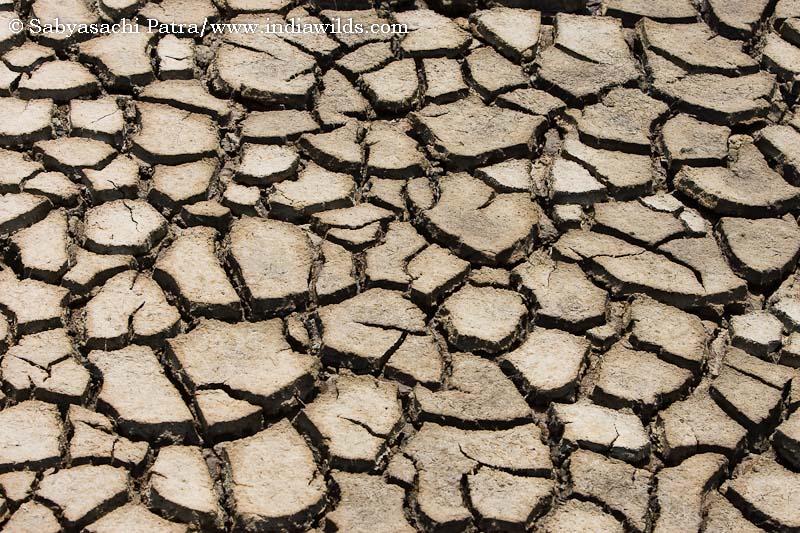
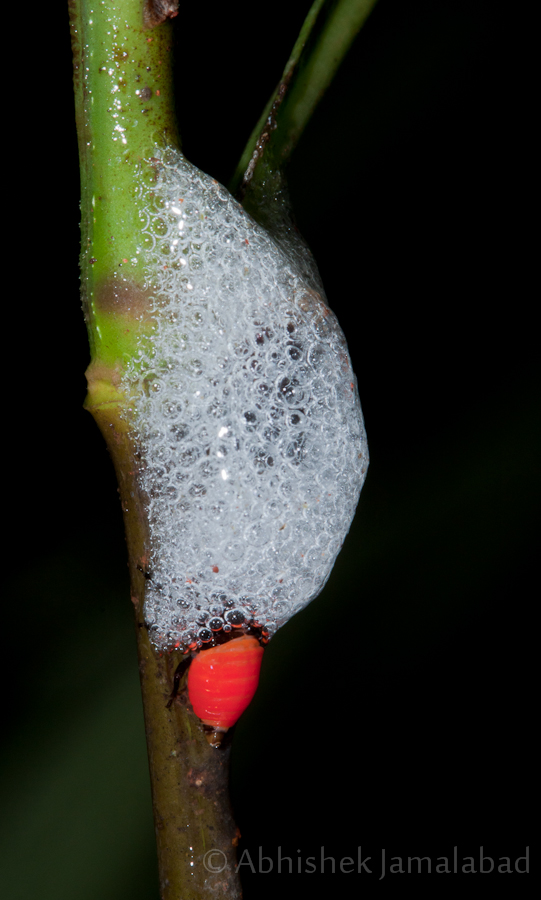
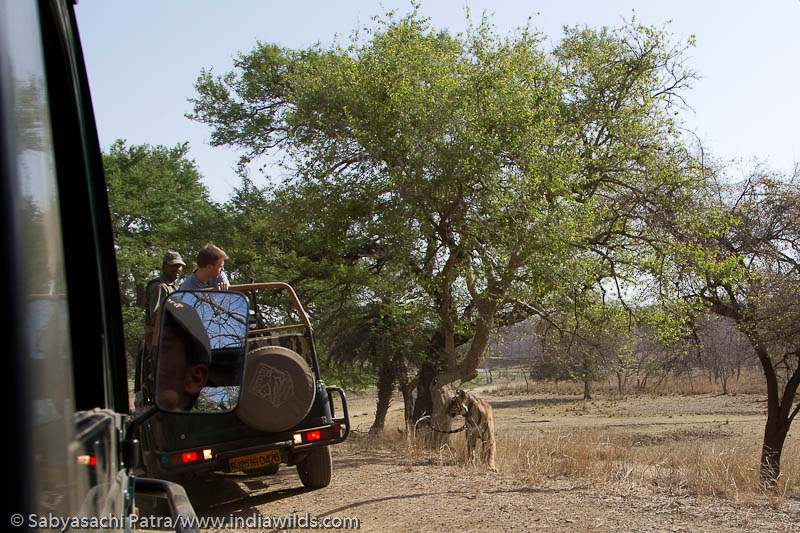
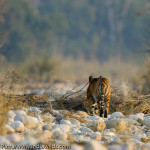

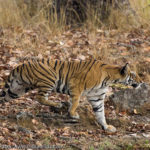
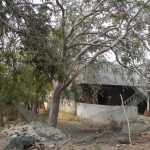




Well said regarding the ban. Delay in decision making is forcing the courts to intervene with a stick but unfortunately that is the only way the authorities will wake up. It is also important to ensure that the jungle as a whole is healthy and though tiger is a good ‘poster figure’ there are other actors on the stage who are equally important.
Thanks Manoj!
Unfortunately, neither the ministry nor the State Governments are interested in taking strong steps to save the environment and wildlife. The courts are forced to take decisions. In situations where the courts are intervening, the concerned ministry should fix responsibility on the officers who didn’t take the decision. This will force the officers to push their errant masters.
Great newsletter…..I hope you also focus on the plight of the narcondam hornbill…if the radar base goes thru this rare bird may become extinct
Thanks Nitin. IndiaWilds supports the cause of Narcodam hornbills. We will not allow that to happen.
Lovely newsletter and especially love the pictures. There’s so much of passion and dedication you show in what you do. And, most importantly it shows how much you love what you’re doing. Keep up the good work 🙂
Thanks Haricharan for your nice words. We only have one life to devote to this cause. Will give my best.